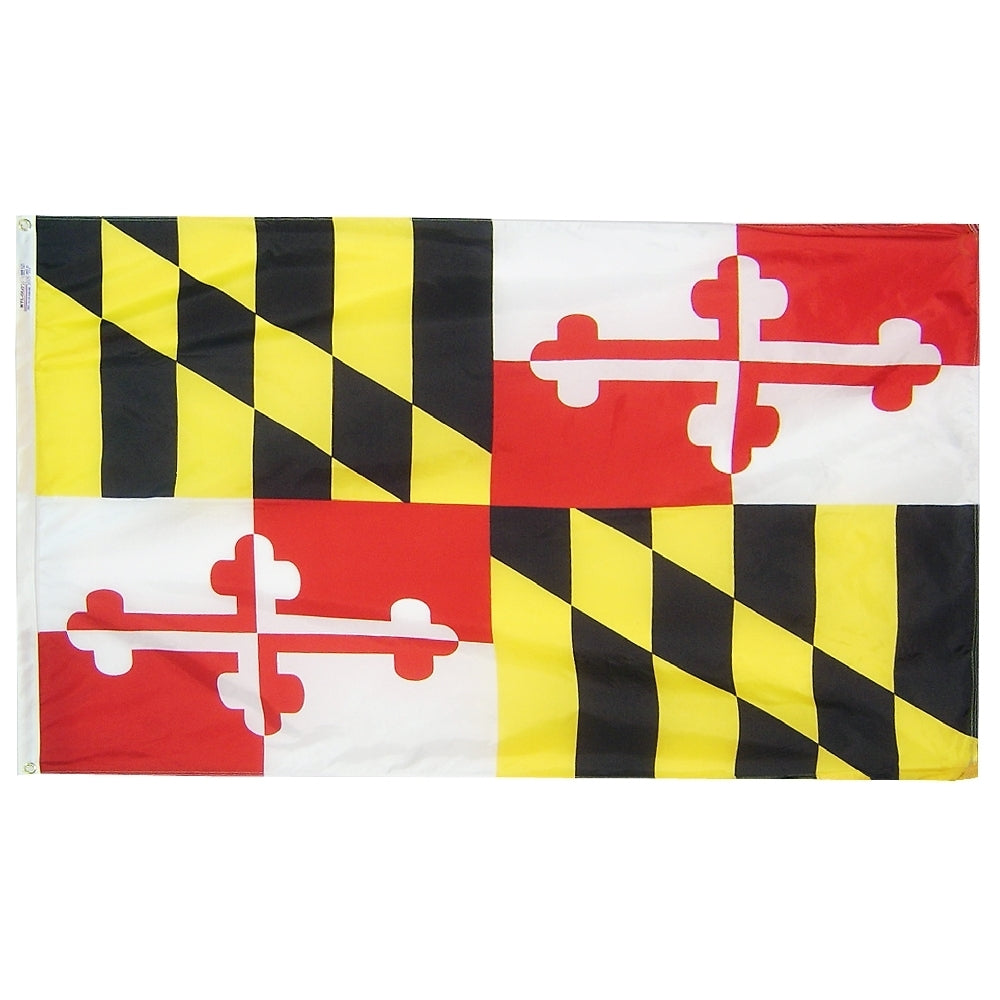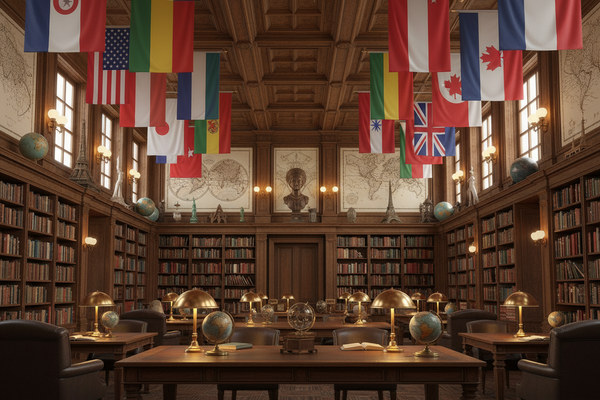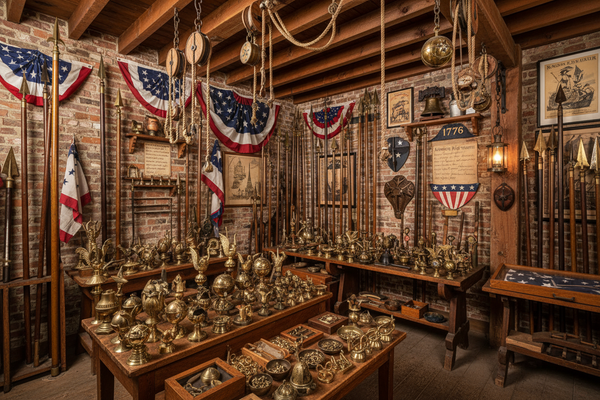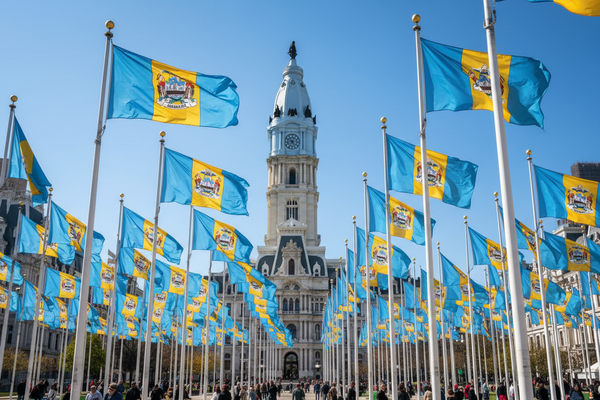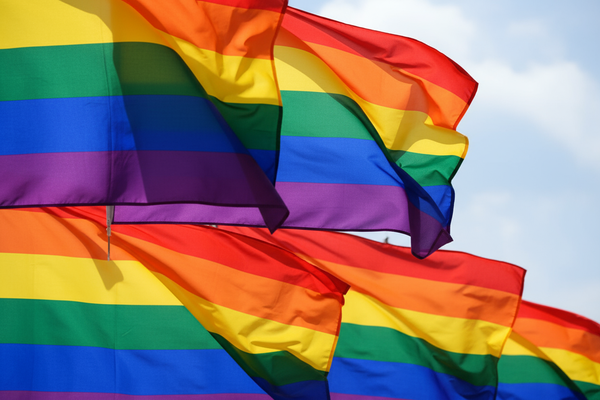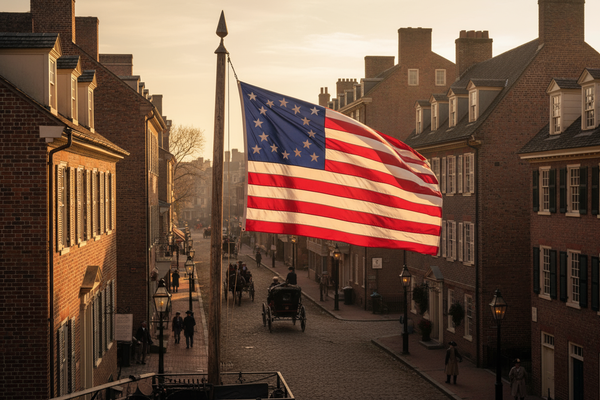Maryland
Maryland
Couldn't load pickup availability
Maryland 3x5' nylon flag, canvas heading tape with brass grommets.
The flag of Maryland is a distinctive and visually striking banner that reflects the state's colonial history and its founding families. It is one of the most recognizable state flags in the United States due to its bold design and historical significance. Here’s a detailed explanation of the elements and symbolism of Maryland’s flag:
Design and Elements
Maryland's flag is divided into four quarters, with each quarter containing a different design. The flag's design incorporates the heraldic banners of two of Maryland's founding families: the Calverts and the Crosslands.
Calvert Colors (Black and Gold)
- First and Fourth Quarters: The first and fourth quarters of the flag feature the black and gold design of the Calvert family. This pattern consists of six vertical stripes alternating between black and gold, with a diagonal band of counterchanged colors (meaning the colors alternate as they cross the band). This design is taken from the coat of arms of George Calvert, the first Baron Baltimore, who was the founder of the Maryland colony.
Crossland Colors (Red and White)
- Second and Third Quarters: The second and third quarters display the red and white design of the Crossland family, which was the family of George Calvert's mother. This pattern features a red and white cross bottony (a cross with trefoil-shaped ends) on a white field with red counters. The Crossland banner represents the maternal lineage of the Calvert family.
Historical Context
- Colonial Origins: The designs on the flag date back to the colonial period and reflect the heraldry of the Calvert and Crossland families. George Calvert, a member of the English nobility, received the charter for the colony of Maryland in 1632. The Calvert and Crossland designs were used to signify the Calvert family’s authority over the colony.
- Civil War Symbolism: During the American Civil War, Maryland was a border state with divided loyalties. The black and gold Calvert colors were used by those who supported the Union, while the red and white Crossland colors were used by Confederate sympathizers. After the war, the combined flag became a symbol of reconciliation and unity.
Official Adoption
- Modern Flag: The current design of the Maryland flag was officially adopted on March 9, 1904. It combines the heraldic banners of the Calvert and Crossland families to represent both sides of Maryland's historical and familial legacy.
Symbolism
- Unity and Heritage: The combination of the Calvert and Crossland designs symbolizes the unity of Maryland's people after the Civil War and acknowledges the state’s rich heritage.
- Distinctive Appearance: The flag's unique design makes it highly recognizable and stands out among other state flags due to its bold patterns and historical roots.
Usage
- State Representation: The flag of Maryland is flown on state government buildings, at public events, and during official state ceremonies. It is also a source of pride for Maryland residents and a symbol of the state's history and heritage.
- Cultural Significance: The flag’s design is used in various cultural and sporting contexts within the state, representing Maryland’s identity and historical legacy.
In summary, the flag of Maryland is a striking and meaningful emblem that combines the heraldic banners of the Calvert and Crossland families. It reflects the state's colonial origins, the legacy of its founding families, and the unity achieved after the Civil War. Its unique design and rich symbolism make it one of the most distinctive state flags in the United States.
Share
